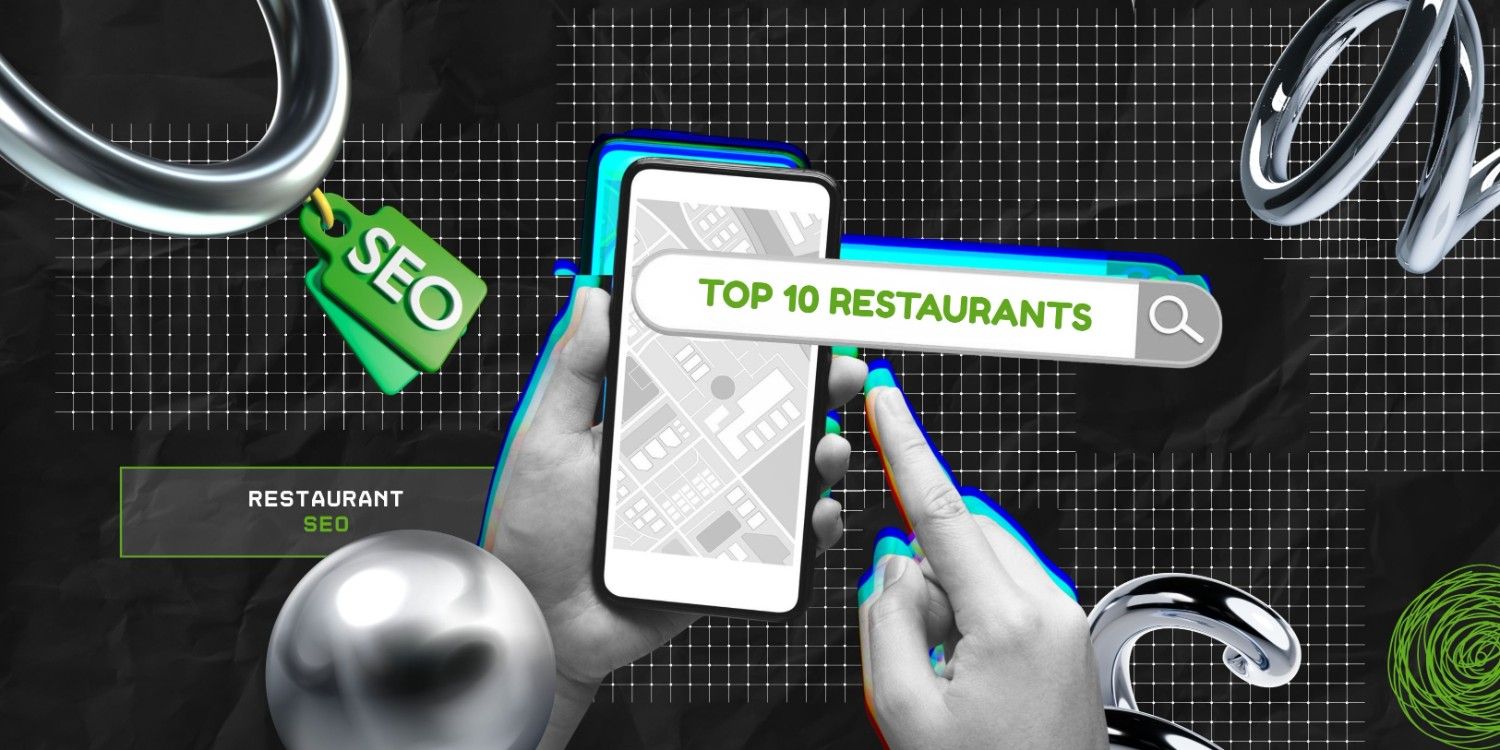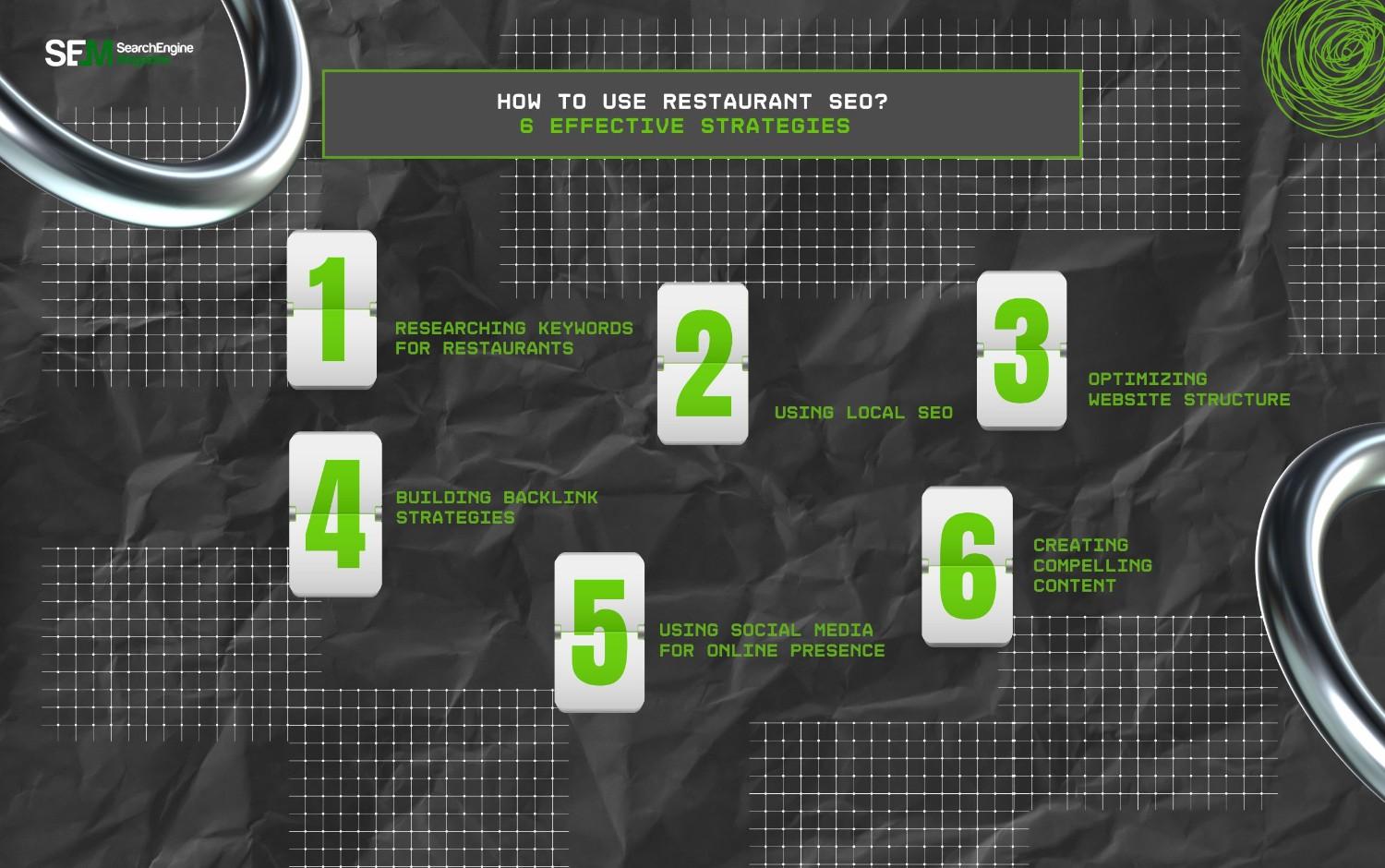What Is 127.0.0.1:49342? Your Internal Device Connectivity Buddy Is Here!
Nov 20, 2025

Nov 20, 2025

Nov 20, 2025

Nov 19, 2025

Nov 19, 2025

Nov 19, 2025

Nov 19, 2025

Nov 19, 2025

Nov 17, 2025
Sorry, but nothing matched your search "". Please try again with some different keywords.


With people opting for online food ordering over dining out, the traditional restaurant models have massively evolved.
Amidst the growing online ordering and food delivery services, restaurants need to have a strong digital presence to attract customers. So, optimizing restaurant websites is the need of the hour.
That’s where Restaurant SEO comes to save the day.
Unlike traditional SEO, this one is specially designed for restaurants and food businesses to rank at the top of Google’s SERPs. Boosting the organic visibility of their websites.
Moreover, with an increase in organic traffic on the websites, restaurants get more orders and dining reservations. So, increasing their overall sales and revenue.
But the main question is— “How to implement Restaurant SEO strategies to boost online visibility?”
Well, no need to look any further. In this blog, I have delved into the different aspects of SEO strategies for restaurants by exploring—
Stay tuned!
In simple words, Restaurant SEO refers to a marketing strategy specifically designed for restaurants and food businesses. So, they can improve their online visibility.
Moreover, it provides a set of best practices that optimizes the restaurants’ online websites. Prioritizing organic traffic and customer engagement.
In addition to this, it offers a full-blown strategy to attract potential customers from nearby localities.
So, by researching keywords, building local presence, and creating content that aligns with the customer intent while meeting business objectives, it expands restaurants’ reach.

Even though it sounds unnecessary, restaurant SEO can remarkably help food businesses in countless ways, some of which include—
Just like most marketing strategies, Restaurant SEO comes with both advantages and challenges. So, here are the pros and cons of it broken down.
| Pros | Cons |
|---|---|
| 1. Offers a higher conversion rate and drives organic traffic to websites. | 1. Takes considerable time to show results after implementation. |
| 2. Provides a competitive advantage to restaurants in the food industry. | 2. Incorrect practices can adversely affect the restaurant’s reputation and visibility. |
| 3. Spreads brand awareness and helps gain customers with dining and order options. | 3. Requires constant monitoring and maintenance for best results with the strategies. |

Given that restaurant SEO immensely helps boost visibility online, it is being adopted by many food businesses. As one of the restaurant owners on Reddit claims—
Similarly, some other Reddit user comments on the thread—
So, here are some effective restaurant SEO strategies that can help you level up your digital visibility in a jiffy.
Firstly, finding relevant and user-intentional keywords can help in ranking on Google SERPs. So, restaurants can conduct keyword research that users usually use to look for eating places.
Moreover, keywords focusing on dining options, ambiance, user experience, menu, and unique features can bring in niche customers to their sites. So, driving organic traffic and getting more orders.
In addition to this, restaurants can use local SEO to target their nearby customers for dining experiences and online ordering.
So, by simply creating a Google Business Profile and appearing for “restaurants near me” keyword searches, they can get more customers.
Moreover, consistent NAP (name, address, phone) across all the digital platforms can help restaurants build authority and trust. So, people will choose them over other non-authentic ones.
Furthermore, optimized websites drive more organic traffic. So, restaurants can optimize their sites for mobile users, since most people look for food places on smartphones.
Additionally, their websites should be well-structured with a clean design and easy navigation. This way, anyone can use the site. So, restaurants can create a lasting impression and retain customers.
As is clear to all, backlinking is a crucial aspect of SEO strategy. So, restaurants can build solid backlinks by collaborating with food bloggers and asking customers to leave reviews.
Alternatively, they can host events and feature them on the website to bring in more attention and attract new customers. So, restaurants can signal their authority in the industry to Google via these links.
Apart from the Google rankings, restaurants can use their social media presence to drive more walk-in traffic. That is, they can strategically use their socials to promote their business and increase visibility.
So, the food businesses can create social media posts to share user reviews, event details, use hashtags, and other SMM strategies to bring in customers. Helping them to create branded content.
Finally, creating compelling web content on relevant topics can drive organic traffic to restaurant websites. So, they should focus more on crafting customer-engaging content.
Moreover, the restaurants can develop blog posts around food recipes, cover chef interviews, and provide real customer testimonials. So, highlighting their uniqueness and standing out in the industry.
Even though restaurant SEO seems complicated, applying it is quite easy. Moreover, implementing it can dynamically improve the restaurants’ visibility and customer engagement.
Additionally, it helps potential customers to find the restaurants simply through rankings and an online menu. So, naturally, more and more food businesses are adopting it.
Now, you have the complete guide on Restaurant SEO. So, why wait any longer? Go ahead and pump up your digital visibility using the best SEO strategy for the food industry today!
Here are some of the frequently asked questions that you can check.
Online customer reviews impact Restaurant SEO massively. They immensely affect the local search results. So, positive reviews can bring in more customers to the restaurants. Whereas negative reviews can drive away customers.
Generally, SEO practices help all kinds of businesses to gain online visibility and drive organic website traffic. Similarly, SEO designed for restaurants helps them to find more customers and gain digital visibility in the food industry.
Even though both on-page and off-page SEO are important, restaurants need to prioritize on-page SEO more. Since the on-page optimization helps in ranking on Google SERPs and gaining potential customers, it is more effective compared to off-page optimization. But once the site is established, off-page optimization can help in building authority in the niche industry.
Read Also:
Barsha is a seasoned digital marketing writer with a focus on SEO, content marketing, and conversion-driven copy. With 7 years of experience in crafting high-performing content for startups, agencies, and established brands, Barsha brings strategic insight and storytelling together to drive online growth. When not writing, Barsha spends time obsessing over conspiracy theories, the latest Google algorithm changes, and content trends.
View all Posts
What Is 127.0.0.1:49342? Your Internal Device...
Nov 20, 2025
Picuki Alternative: Which One To Choose To Vi...
Nov 20, 2025
Imginn: Is This Private Instagram Browsing To...
Nov 19, 2025
Zoho CRM: Is This Customer Management Tool Wo...
Nov 19, 2025
What Does PMO Mean In Text? Decoding Social M...
Nov 19, 2025

